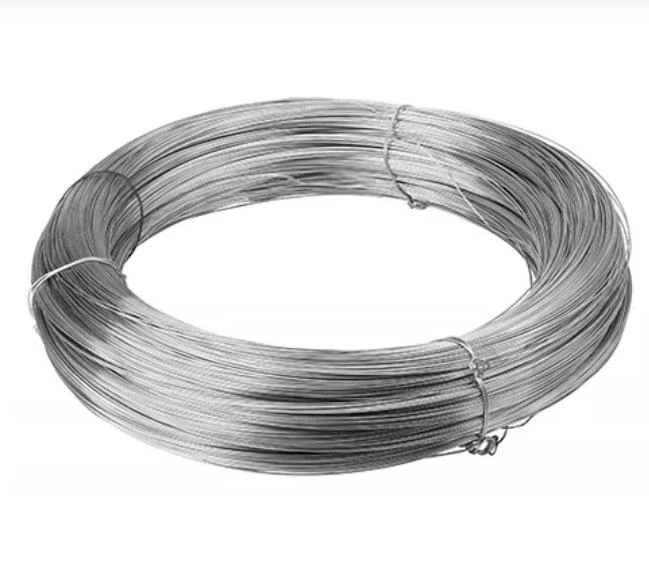-
 Phone:
Phone: -
 Email:
Email:

baling wire gauge
Understanding Baling Wire Gauge A Comprehensive Guide
When it comes to the agricultural and recycling industries, baling wire plays a crucial role in securing bales of material, whether it's hay, cotton, or recycled goods. Baling wire comes in different gauges, which refer to the thickness of the wire. Understanding wire gauge is essential for choosing the correct type for your specific application, ensuring optimal performance and safety.
What is Baling Wire Gauge?
Baling wire gauge is a measurement of the thickness of the wire. The gauge system is somewhat counterintuitive; the higher the gauge number, the thinner the wire. For example, a 12-gauge baling wire is thicker and stronger than a 14-gauge wire. The gauge of the wire affects not only its strength but also its weight and the amount of pressure it can withstand when securing bales.
The choice of gauge is fundamentally determined by the type of material to be baled. For denser materials like commercial-grade cardboard or heavy hay, a thicker wire is typically recommended. Conversely, lighter materials may only require a thinner wire. It’s important to match the gauge to the specific needs of your project to avoid issues such as wire breakage or inefficient baling.
Material Types
Baling wire can be made from various materials, each with its own set of properties
. The most commonly used materials include1. Galvanized Steel Known for its strength and rust resistance, galvanized steel baling wire is widely used in agricultural settings. Its durability makes it ideal for outdoor use, where exposure to the elements can lead to rust and degradation.
2. Black Annealed Wire This type of wire is commonly used in the recycling industry. It is softer than galvanized wire and provides good pliability, which is essential for easily tying bales. However, it is less weather-resistant compared to galvanized options.
baling wire gauge

3. PVC Coated Wire This type of wire combines strength with a protective coating that makes it ideal for both indoor and outdoor use. The coating helps prevent rust and adds an aesthetic appeal.
Choosing the Right Gauge
To select the appropriate gauge of baling wire, consider the following factors
1. Material Weight Heavier materials require a thicker gauge to ensure they remain securely tied. For example, when baling thick hay, a 10-gauge wire might be necessary, whereas lighter materials can often be handled with a 16-gauge wire.
2. Baling Equipment The type of baling machine you’re using may have specific requirements or recommendations regarding wire gauge. Always consult the machine’s manual or manufacturer to identify the best wire specifications.
3. Environmental Conditions If your bales will be stored outdoors, opt for galvanized wire to resist corrosion. For indoor storage, black annealed wire might suffice.
Final Thoughts
In conclusion, understanding baling wire gauge is essential for anyone involved in agriculture or recycling. The right gauge and material not only improve the efficiency of the baling process but also ensure the safety and security of the bales. Whether you are a farmer, recycler, or someone involved in logistics, investing time in selecting the appropriate baling wire will result in better productivity and reduced costs over time. Always prioritize quality and gauge suitability in your choices to achieve optimal performance in your baling operations.
-
Wire Mesh for Every Need: A Practical SolutionNewsJul.25,2025
-
Steel Fences: Durable, Secure, and Stylish OptionsNewsJul.25,2025
-
Roll Top Fencing: A Smart Solution for Safety and SecurityNewsJul.25,2025
-
Cattle Farm Fencing Solutions for Maximum SecurityNewsJul.25,2025
-
Affordable Iron Binding Wire SolutionsNewsJul.25,2025
-
Affordable Galvanized Wire SolutionsNewsJul.25,2025
-
Wire Hanger Recycling IdeasNewsJul.25,2025








